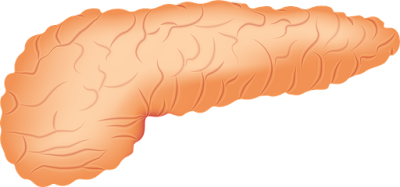Fruits and veggies
Fruits and vegetables in meals
How and when to eat fruit and vegetables?
Fruits and vegetables are invaluable sources of vitamins and minerals. They should form the basis of our diet and be a part of each of the recommended 4-5 meals per day.The minimum recommended consumption is about 400 g per day. It is also important to maintain suitable ratio of vegetables to fruit. The former should consume three times more. In addition, fruits, which are the source of simple sugars do not we eat in the evening, because the body slows down metabolism to rest and does not need a quick source of energy.
Unfortunately, as many as 75% of respondents who reach for fruit only once a day and 81% who eat vegetables with the same frequency, mistakenly recognizes its consumption of these product groups as sufficient.
The perfect combination
From day to day stalls will be available more and more fresh fruits and vegetables. Properly combining products while creating a meal, you can increase their positive impact on our body. An example of a preferred alignment are broccoli and tomatoes - the first of them contain lycopene scavenger of free radicals, and the second support removal of these components from the body. The delay of the aging process will also help the duo apple and cranberry. They consumed together will act as antioxidants more effectively.If there is a problem of iron deficiency, for fresh spinach should add a little lemon - vitamin C present in the fruit help the body absorb iron. For the same reason, meat products worth eating the salad of cabbage, pepper, and parsley.
For such a meal is recommended as blackcurrant juice. Vegetables should be consumed in the company of good fats. If tomato add avocados more easily absorbed is contained in the first of these vitamin A (in the form of beta-carotene). Likewise, it will operate a summary of rapeseed oil, or olive oil with vegetables.
This increases the absorption of all fat-soluble vitamins. In addition, most of the vegetables and fruit has anti alkaline environment, ie, de-acidifying the body, so you should combine them with the products of the action of acid creative as meat or grain products, neutralizing the impact of food on the body balance.
What composition to avoid?
Some rankings of products can, however, be negative and reduce the absorption of nutrients. An example might be drinking hot tea with lemon. Heating destroys the fruit located in vitamin C, and further contact with the tea leaves citric acid causes precipitation of aluminum citrate which may accumulate in the body. If we want to taste before adding the lemon, remove the leaves or bag with drink. For therapeutic purposes, lemon juice can be drunk with lukewarm water.
You should know that tea also reduces the absorption of vitamin B1 contained in products based on yeast. Broccoli, Brussels sprouts and cabbage is not recommended to combine with fish and seafood, because they limit the absorption of iodine.
Reducing the amount of composition delivered to the body of the components is also possible to combine fresh cucumber fruits or vegetables which contain vitamin C (eg. pepper, black currant, strawberry, tomato), as contained therein destroys the enzyme askrobinaza this vitamin.
To prevent this process, the vegetables rich in vitamin C simply add oil or olive oil, cucumber and after mixing the components. It should also be in moderation combine tomatoes with cottage cheese. Oxalic acid of the first-mentioned reacts with calcium contained in the cheese to form insoluble crystals of calcium oxalate which consumed in large quantities may favor the development of arthritis.


Comments
Post a Comment